Typhoon Rai death toll passes 200 in the Philippines
The death toll from the powerful typhoon to hit the Philippines surpassed 200 on Monday, as desperate survivors pleaded for urgent supplies of drinking water and food.
The Philippine Red Cross reported “complete carnage” in coastal areas after Typhoon Rai left homes, hospitals and schools “ripped to shreds.”
The storm tore off roofs, uprooted trees, toppled concrete power poles, smashed wooden houses to pieces, wiped out crops and flooded villages — sparking comparisons with Super Typhoon Haiyan in 2013.
At least 208 people were killed and 52 were missing after the latest disaster to hit the archipelago, with hundreds more injured after the storm ravaged southern and central regions, the national police said.
More than 300,000 people fled their homes and beachfront resorts as Rai slammed into the country on Thursday as a super typhoon.
“Our situation is so desperate,” said Ferry Asuncion, a street vendor in the hard-hit seaside city of Surigao, which was devastated by the storm.
They urgently needed “drinking water and food,” he said.
One of the hardest-hit islands was Bohol — known for its beaches, rolling “Chocolate Hills,” and tiny tarsier primates — where at least 74 people have died, provincial Governor Arthur Yap said on his official Facebook page.
There has also been widespread destruction on Siargao, Dinagat and Mindanao islands, which bore the brunt of the storm when it slammed into the country packing wind speeds of 195 kilometers (120 miles) per hour.
At least 10 people died on the Dinagat Islands, provincial information officer Jeffrey Crisostomo told AFP on Sunday.
S.O.S was painted on a road in the popular tourist town of General Luna on Siargao island, where surfers and holidaymakers had flocked ahead of Christmas, as people struggled to find water and food.
Swathes of the affected areas have no communications, hampering efforts by disaster agencies to assess the full extent of the storm’s damage.
Electricity also has been knocked out, affecting water-refilling stations and ATMs.
Some victims expressed frustration at the government’s response to the disaster.
“No one showed up — I don’t know where the politicians and (election) candidates are,” said a visibly angry Levi Lisondra, an elderly resident in Surigao City, on the northern tip of Mindanao.
“We paid big taxes when we were working and now they can’t help us.”
President Rodrigo Duterte visited some of the hardest-hit areas on Saturday and pledged to release two billion pesos ($40 million) to assist recovery efforts.
Thousands of military, police, coast guard and fire personnel have been deployed to hard-hit areas.
Coast guard and naval vessels, as well as aircraft carrying food, water and medical supplies, have been dispatched, while heavy machinery — like backhoes and front-end loaders — have been sent to help clear roads blocked by fallen power poles and trees.
Rai hit the Philippines late in the typhoon season — most cyclones typically develop between July and October.
Scientists have long warned that typhoons are becoming more powerful and strengthening more rapidly as the world becomes warmer because of human-driven climate change.
The Philippines — ranked among the globe’s most vulnerable nations to the impacts of climate change — is hit by an average of 20 storms and typhoons every year, which typically wipe out harvests, homes and infrastructure in already impoverished areas.
Typhoon Haiyan, called Yolanda in the Philippines, was at the time the deadliest storm ever to have made landfall and left more than 7,300 people dead or missing.
(Source: AFP)
Hamas thanks Iran, Resistance Front following achievement of ceasefire in Gaza
'Capitulation': Israeli officials and media concede Gaza defeat as truce unfolds
'Gaza has won': Social media users react to ceasefire with mix of relief, joy
Iran seeks South Korea’s assistance for AI, fiber-optic projects
VIDEO | Iran's 'Eqtedar' (Power) maneuver
Israel hits HTS military target in Syria for 1st time since fall of Assad
VIDEO | Press TV's news headlines
Israel has slaughtered 13,000 students in Gaza, West Bank


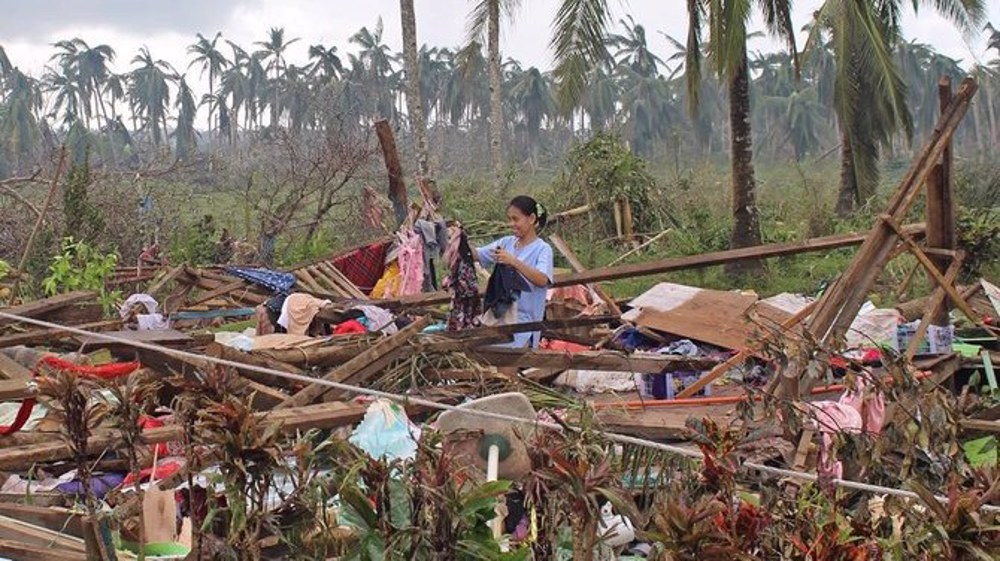

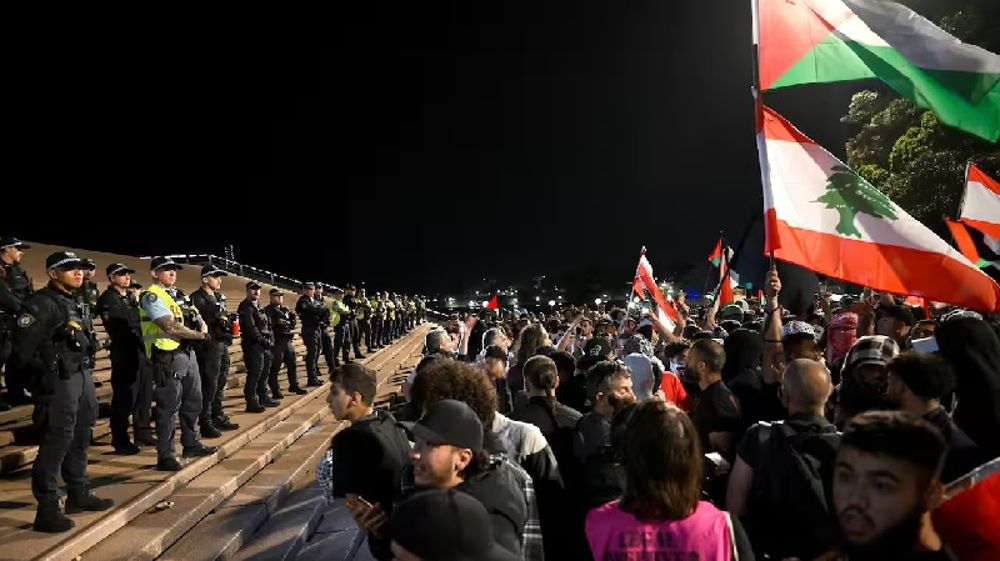
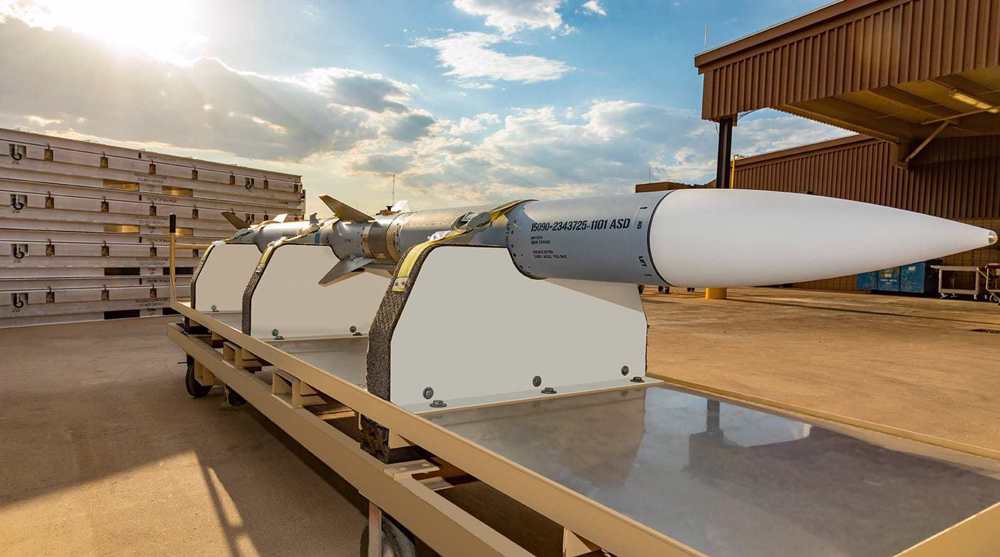




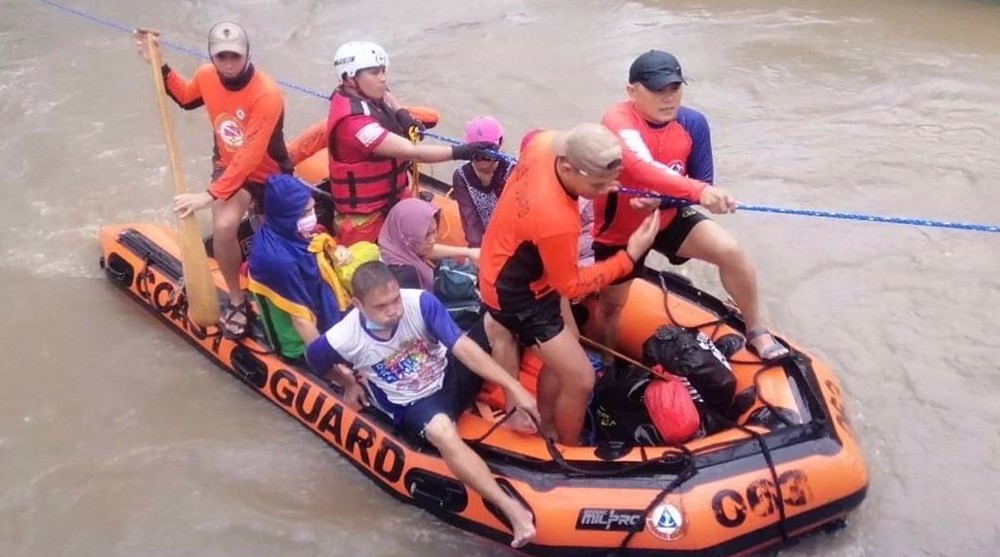
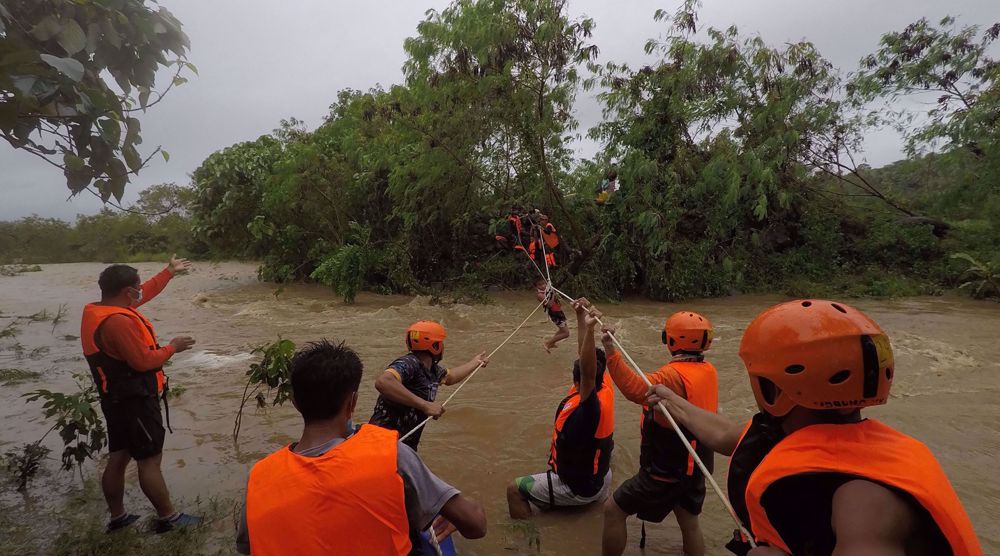

 This makes it easy to access the Press TV website
This makes it easy to access the Press TV website